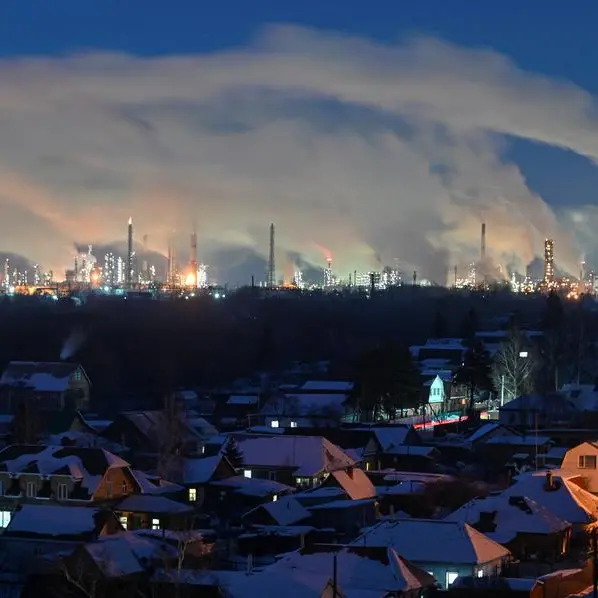PHOTO
LONDON - Portfolio investors took a breather last week after the earlier rush to repurchase short positions lifted oil and gas prices significantly since the start of the year.
Hedge funds and other money managers sold the equivalent of 14 million barrels in the six major petroleum futures and options contracts over the seven days ending on March 12.
Fund managers had sold a total of 32 million barrels in the two most recent weeks after purchasing 325 million over the previous 11 weeks, according to exchange regulatory records.
The combined position was just 501 million barrels on March 12, which was in only the 35th percentile for all weeks since 2013, but that conceals some important differences:
* Funds were still basically bearish about crude, with a position of 379 million barrels (27th percentile) though far less bearish than in mid-December when the position was 128 million barrels (a record low).
* There was much more bullishness about U.S. gasoline, with a position 67 million barrels (73rd percentile) up from 59 million (59th percentile) on Dec. 12.
* Previous bullishness about distillates has ebbed, with the combined position in U.S. diesel and European gas oil down to 55 million barrels (46th percentile) from 87 million (72nd percentile) five weeks earlier.
Extended output cuts by Saudi Arabia and its OPEC⁺ allies have kept petroleum inventories close to the long-term average and supported prices around the inflation-adjusted average since the start of the century.
But efforts to drive prices higher have been frustrated by continued output increases from non-OPEC producers in the western hemisphere (United States, Canada, Brazil and Guyana).
Distillate prices have been underpinned by inventories below the long-term average as well as the disruption of trade through the Red Sea and attacks on Russia's oil refineries.
But manufacturing and freight activity is taking longer to recover in North America, Europe and Asia than seemed likely a few months ago, postponing the expected depletion of distillate stocks.
U.S. NATURAL GAS
Fund positions in U.S. natural gas were basically unchanged after two weeks of heavy buying driven mostly by repurchases of previous bearish short positions.
Hedge funds and other money managers purchased the equivalent of just 33 billion cubic feet (bcf) in the two major futures and options contracts linked to prices at Henry Hub in Louisiana over the seven days ending on March 12.
It came after they had bought a total of 1,079 bcf over the two previous weeks, according to records filed with the U.S. Commodity Futures Trading Commission.
Since the middle of February, future production cuts announced by a number of major domestic producers have helped lift prices from their lowest level in real terms for over 30 years.
But the market will exit the winter heating season with a near-record amount of gas in storage which will take time to normalise.
Chartbook: Oil and gas positions
Working gas inventories amounted to 2,325 bcf on March 8, the highest for the time of year since 2016 and before that 2012.
Stocks were 606 bcf (+35% or +1.35 standard deviations) above the prior 10-year seasonal average and the surplus had ballooned from 64 bcf (+2% or +0.24 standard deviations) on Oct. 1.
Much warmer-than-normal temperatures across the major population centres of the Lower 48 states have combined with continued gas production growth to leave the market with enormous excess inventories.
The drawdown in inventories this winter has been the smallest since 2015/16 and before that 2011/2012 (allowing for the extra day in leap years).
Depleting excess inventories will require a big increase in gas-fired generation this summer and/or a sharp deceleration in production growth.
John Kemp is a Reuters market analyst. The views expressed are his own. Follow his commentary on X https://twitter.com/JKempEnergy
(Editing by David Evans)












